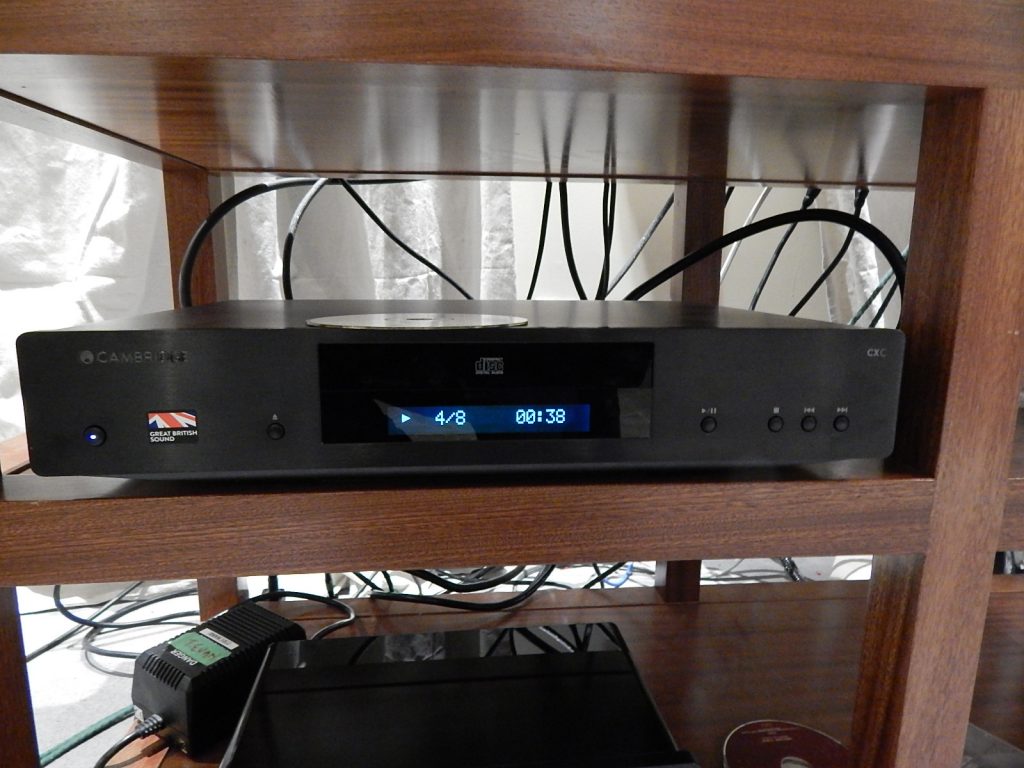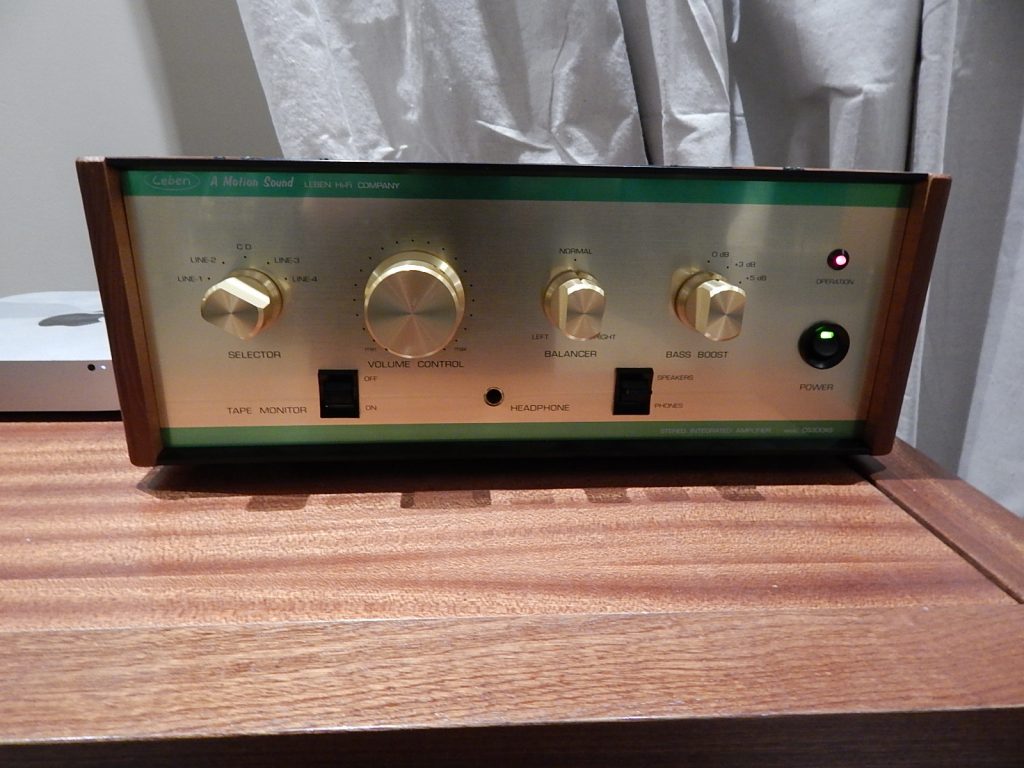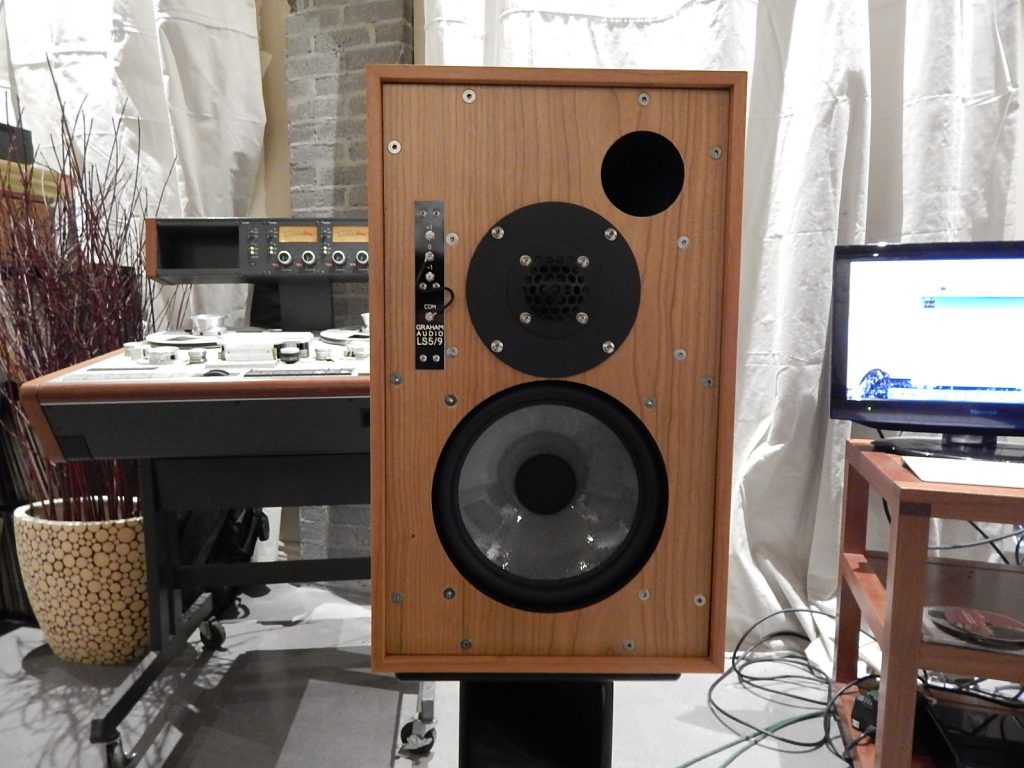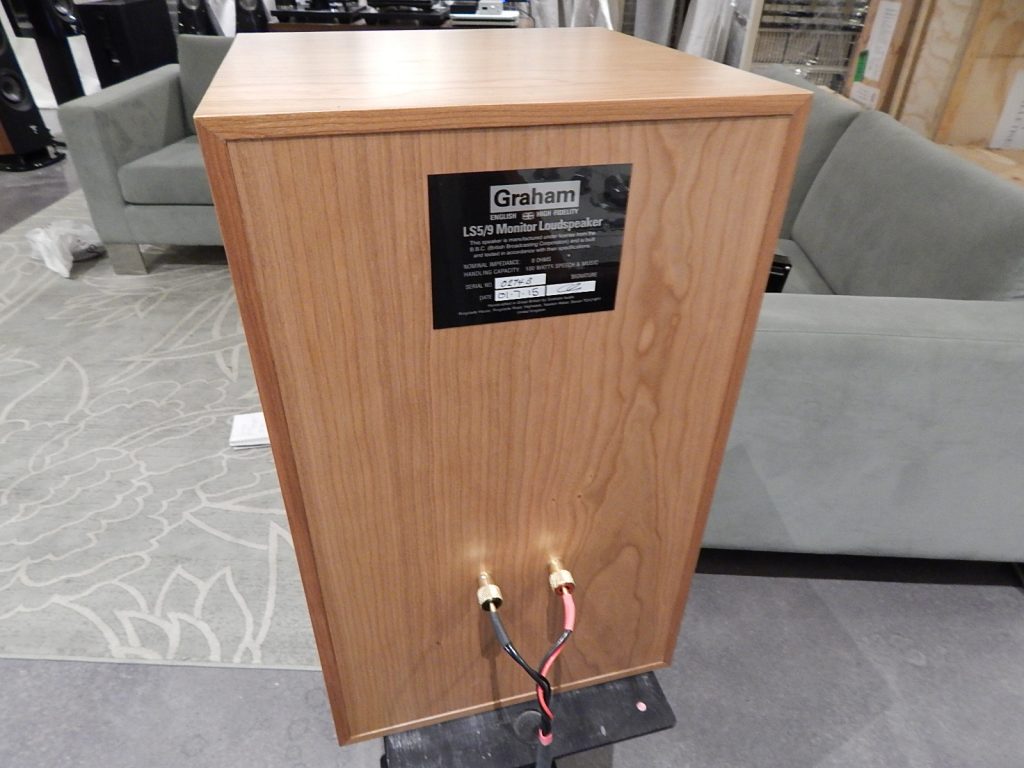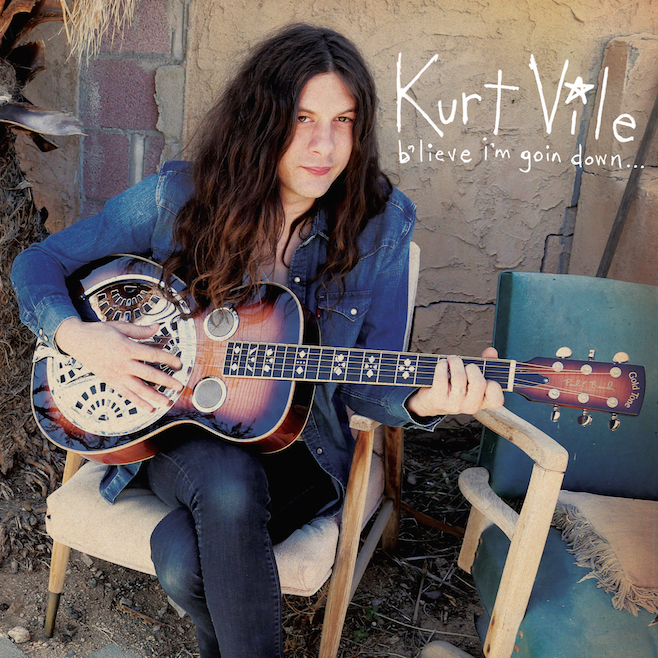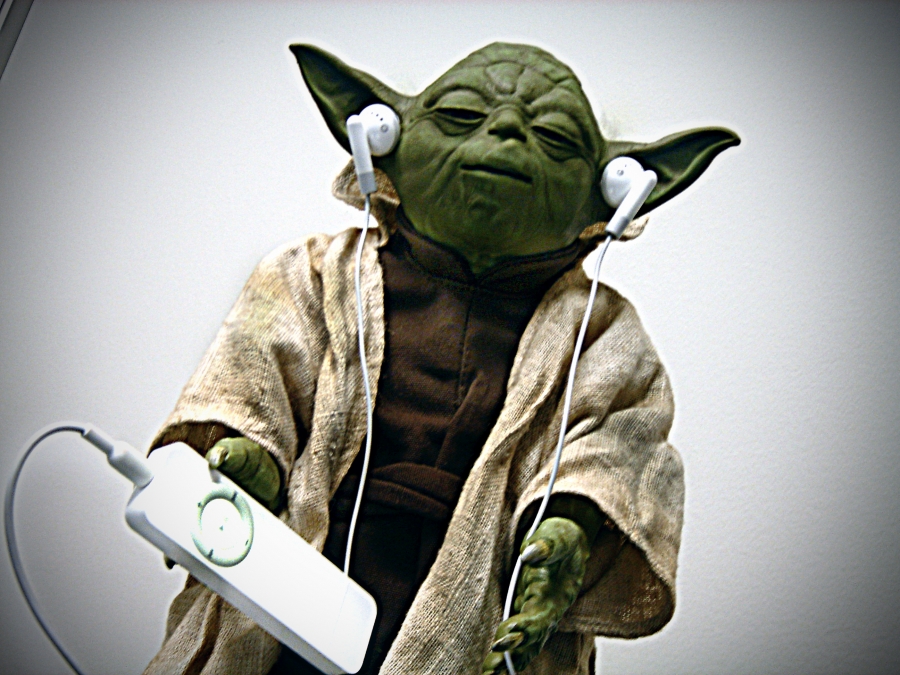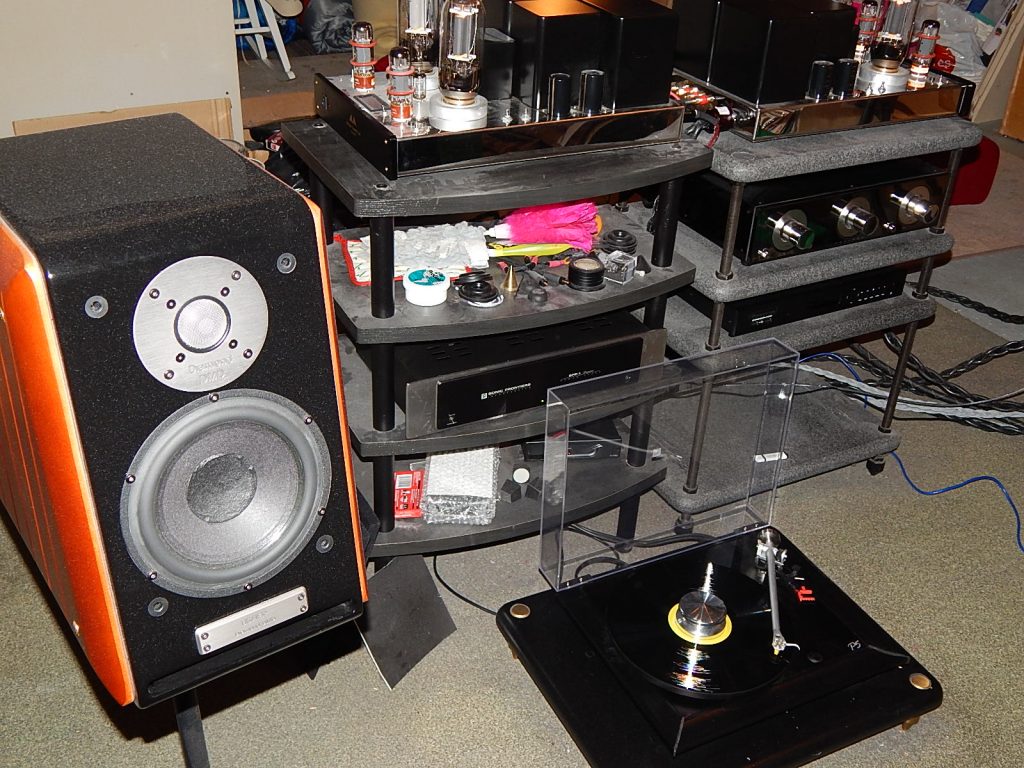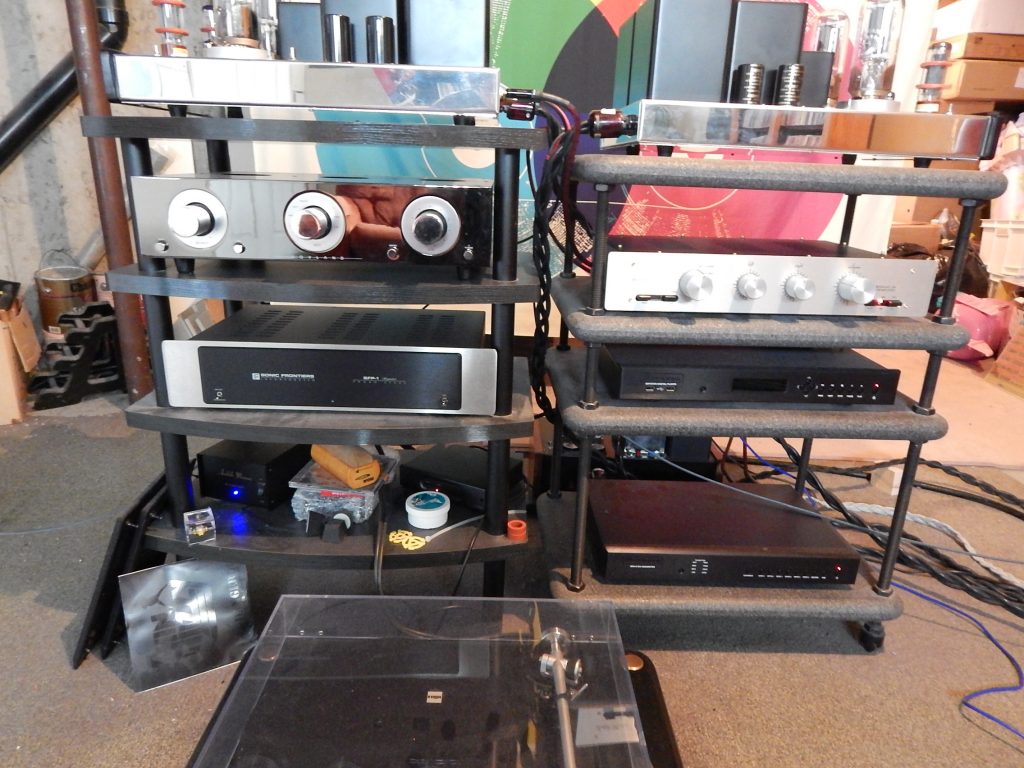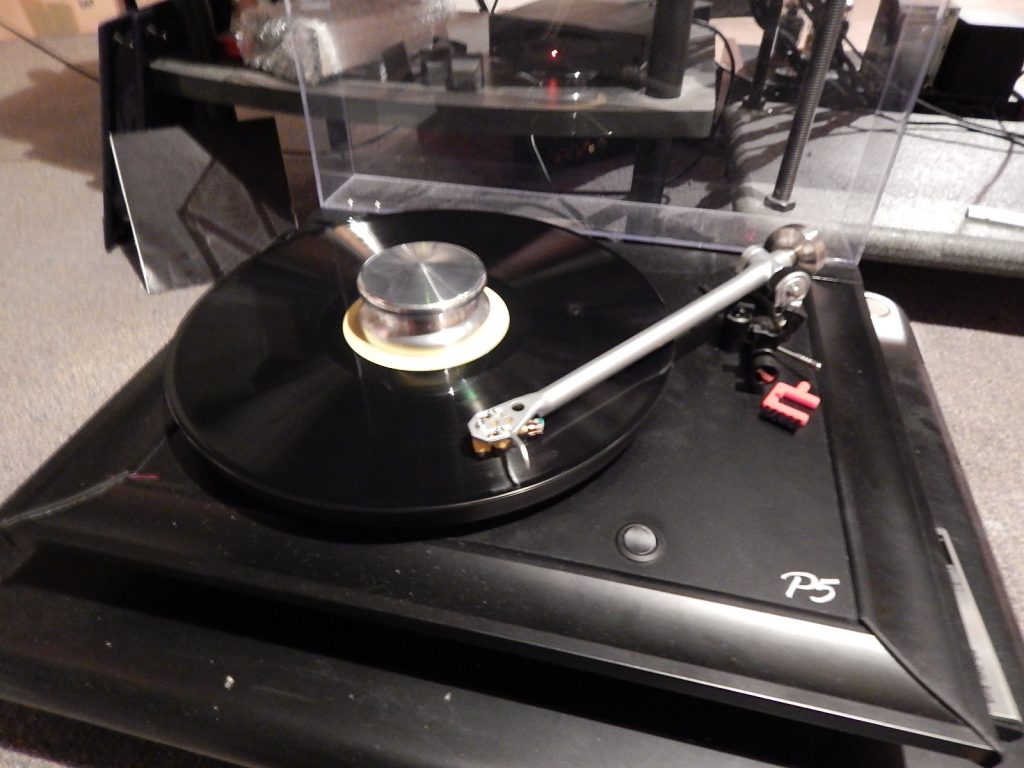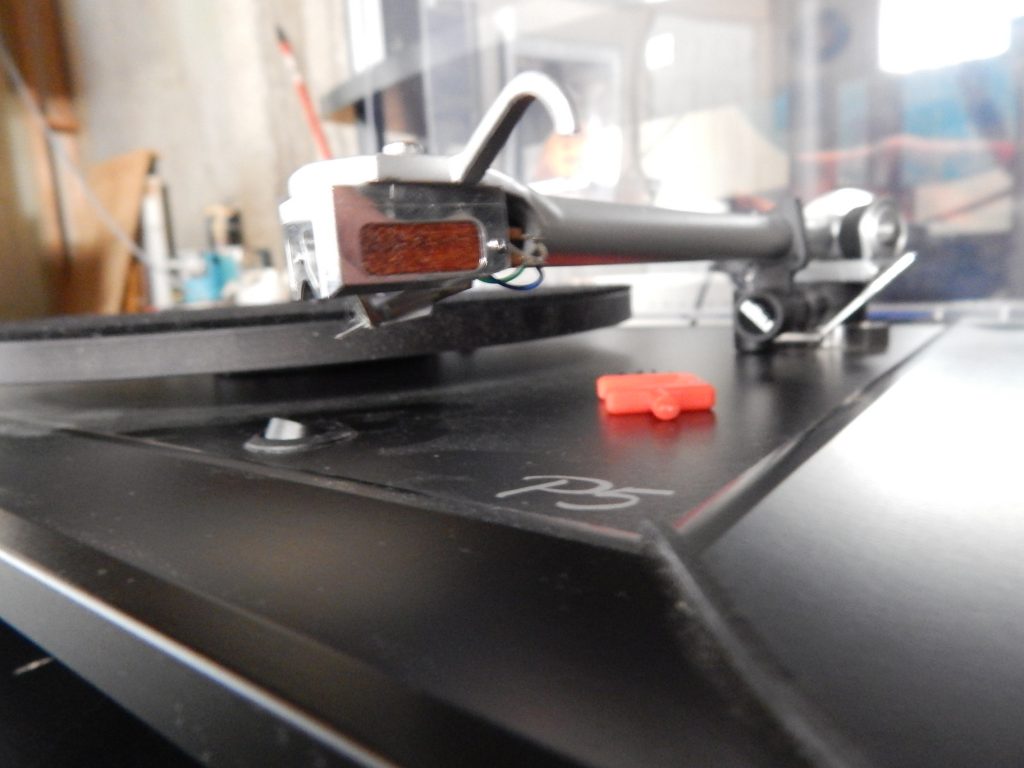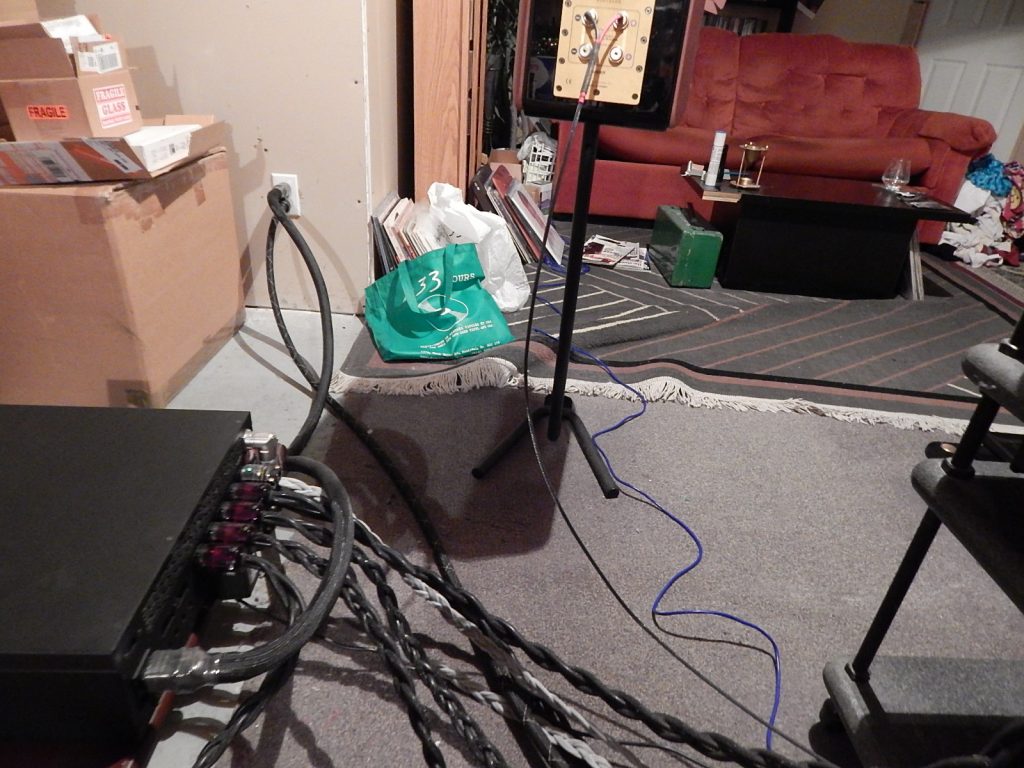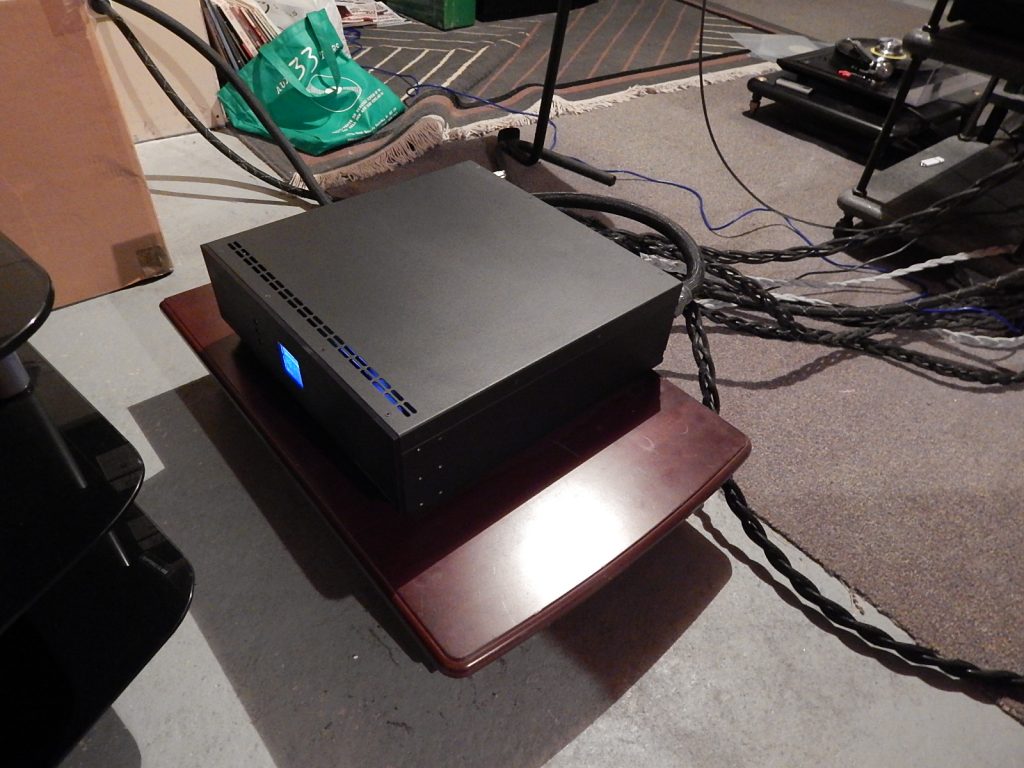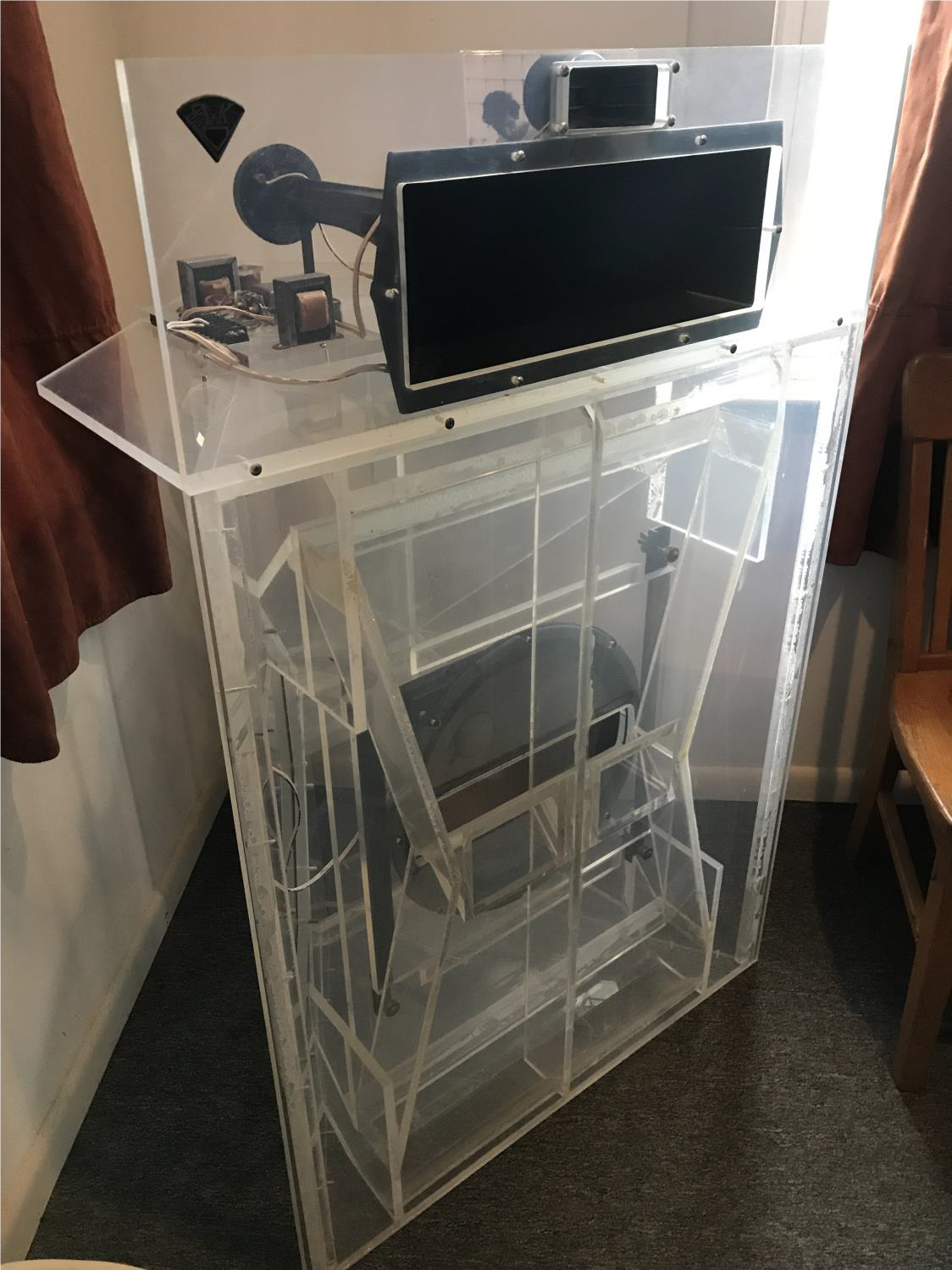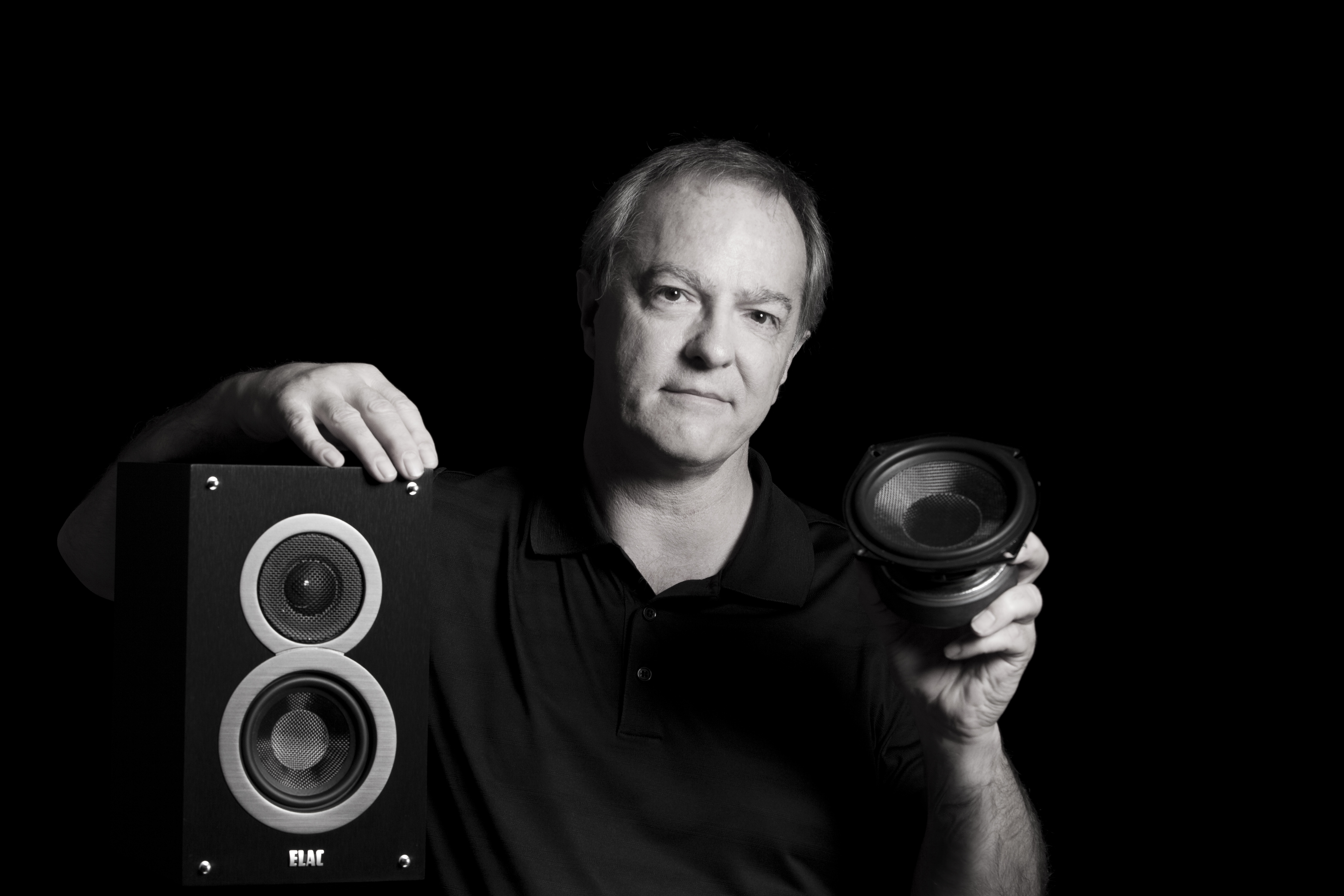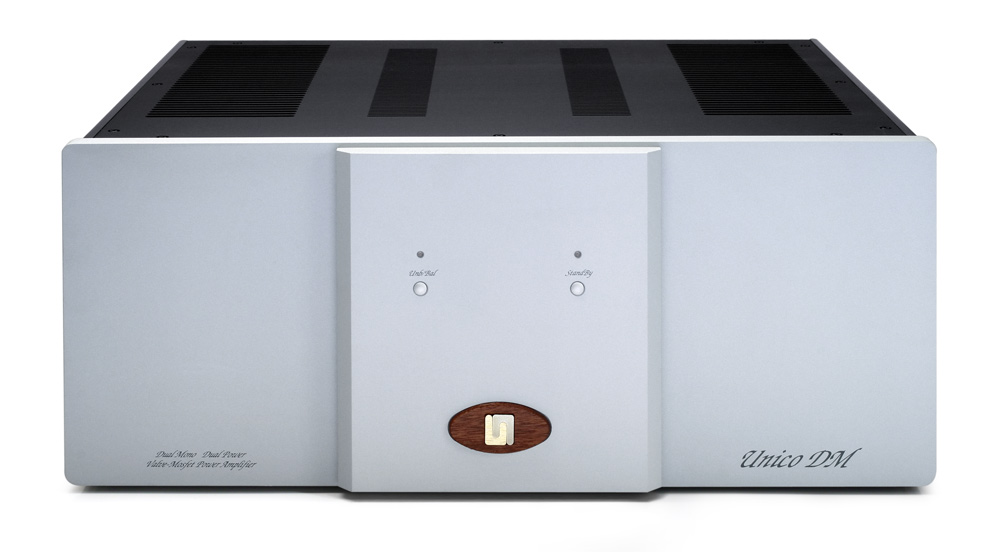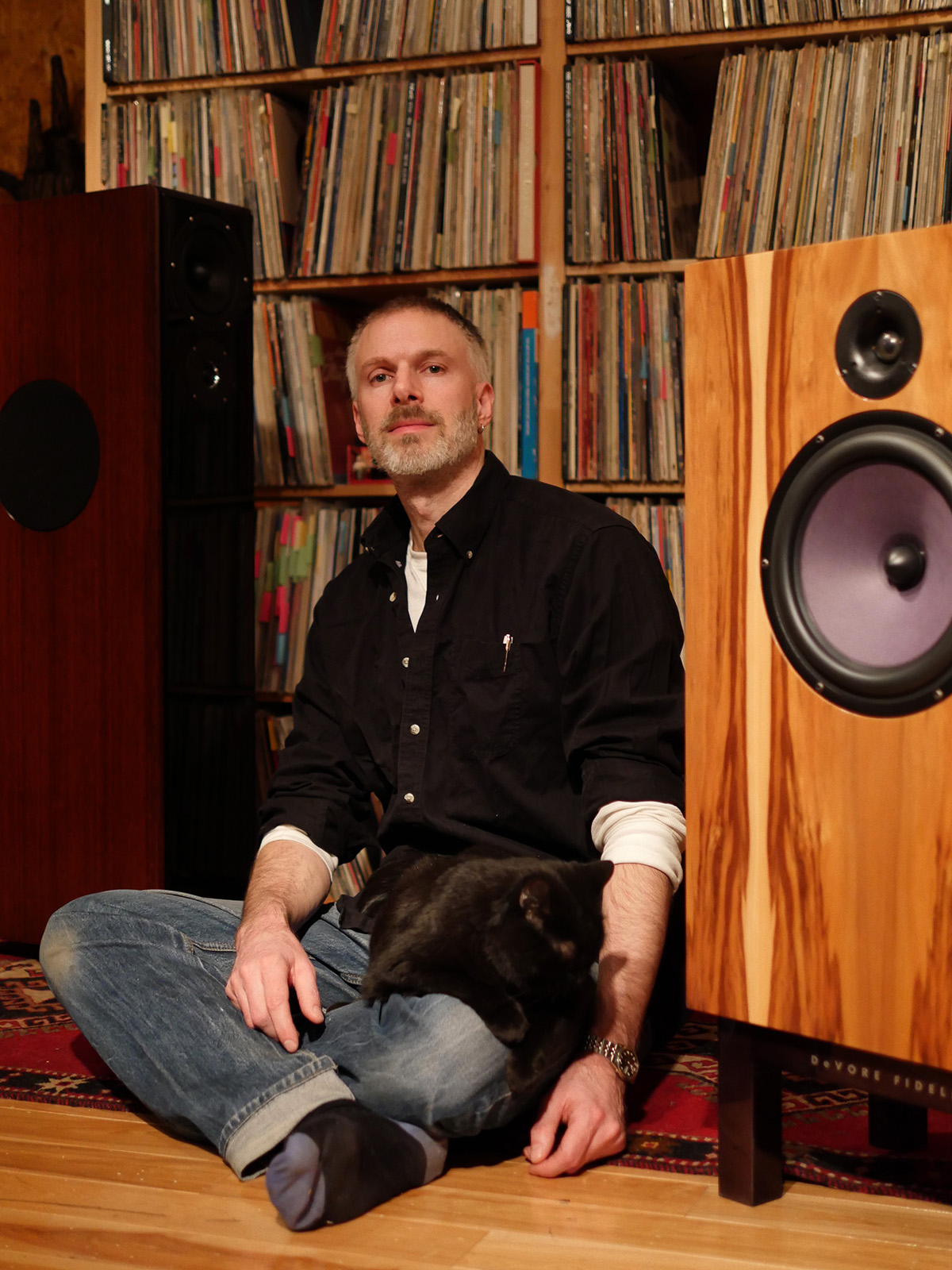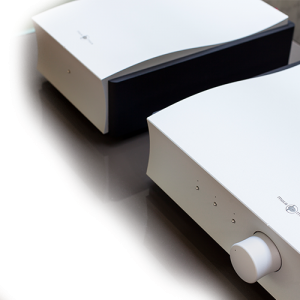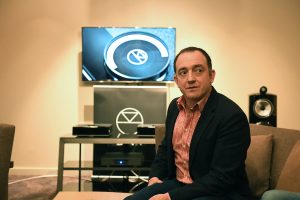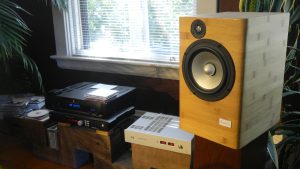(Not) Another $18,000 Challenge, or: "Whoa! This system costs how much?!"
"I like Downbeat, you know?"
This was the first sentence Graeme Humfrey said to me, after I'd introduced myself as a PF writer. Graeme is the proprietor of the latest audio shop to be handed my unsolicited musical challenge. "I mean, it's still great what you're doing," he added. "I want to do it." That 'it', by the way, is the same 'it' as in my "Journeys" Part Three, in which I cold-called a local audio retailer with a dare:
"To assemble, exclusively from the gear you sell, an emotionally and intellectually compelling sound system of uncompromised musicality for $18,000 retail."
For the record, Graeme never showed himself to me to be anything less than courteous and a pleasure to talk to, but, if my second paragraph is any indication, he is also a straight-shooter, as when he replied to one of my queries: "The trick to putting together a quality sound system is to have an 'ear'. If you don't have an 'ear' for it, do something else."
By all accounts, Graeme has an 'ear.' He is a respected jazz guitarist, and owner of both an audio shop he founded 11 years ago and a recording studio. He has a hand in a recording's life cycle, from its conception to its logical conclusion of being played back on audio gear he sells.
And he sells some tasty gear; two minutes inside Graeme's shop, the little boy in me with the rovingly perceptive eye couldn't wait to see what Graeme had picked out, from all the goodies at his disposal, to confront my musical challenge.
The answer came soon enough. After some introductory small chat—about coffee, Irish ancestry and hair loss (of which he has none and mine hardly shows under the right light)—I followed Graeme behind a mirrored door into a plush-rugged listening room, where I came face to face with what I believed was:
Another $18,000 Contender
The players:
CD Transport: Cambridge CXC Transport. Chipset: Wolfson WM8740. Outputs: 2 (1 S/PDIF, 1 Toslink). Price: $500
DAC: Hegel HD12 DSD. Allows for up to 192kHz /24-bit playback as well as native DSD. Digital inputs: 4 (2 Optical, 1 Coaxial, 1 USB). Price: $1400
Integrated amplifier: Leben CS300XS. EL-84-based tube amplifier @ 15W per channel; inputs, 5 single-ended; output impedance: Selectable 4/6/8 ohm taps. Price: $3795
Speakers: Graham Audio BBC LS5/9. 2-way, reflex-loaded. Sensitivity: 87dB/W/m; impedance: 8 ohms nominal; frequency response: 50Hz to 16kHz; Price: $6800
Cables: Auditorium 23 (speaker/interconnect); Gutwire (A/C). Total Price: $1600
Total system cost: $14,095
"Oh, no!" I thought, clutching the price list. I asked Graeme if he'd understood that what I was looking for was the most musical-sounding stereo system he could put together for $18,000 or less. Wearing his no-bullshit face, he answered: "I know. But even at $18,000, I couldn't find anything more musical than this." Relief!
The system was the epitome of simplicity, functionally designed to do one thing right and fuss-free: play CDs, hundreds of which I still own. Of course, for less than the price difference between my $18,000 budget cap and the system's actual cost, one could also substitute a modern music server for the transport, or even acquire an analog source.
But make no mistake: Graeme's system, as is, proved to be an uncommonly good performer, something hinted at when, a moment after Graeme had slipped an undisclosed CD into the Cambridge, I was startled by the spontaneous appearance of a soundfield in front of me, devoid of music but teeming with molecular air and sound. I sensed it immediately: I'd been transported to a reverberant music hall just as concertgoers had settled in for the start of a concert. It was a promising sign of the system's power to micro-resolve.
About which: The single, most important quality in audiophile sound reproduction is resolution, bar none. I say this without reservation or exaggeration. Resolution's importance to the audiophile existence is akin to DNA, the Big Bang, mom, water, and the catalyst that gave birth to the audiophile inside each of us.
It's common sense: We upgrade to hear a higher percentage of what we like. I don't think there's an audiophile among us who doesn't salivate at the prospect of the 'magnifying' effect that more resolution will have on the music, and, consequently, reveal about it.
It's why musical realism matters to us, even though we like to pretend it doesn't out of fear we'll go mad searching for it. But it does matter, because it's audiophile nature to believe that the less a reproduction sounds like a reproduction, the closer we will get to our music, and the happier we will be.
Tone, color, tempo, texture, transparency, you name it—all derive from resolution, just as each benefits from more of it, up to the limitations of the recording and playback equipment. The better the recording and the gear that plays it back, the more fertile the ground from which the music can grow and bear musical fruit.
Graeme's undisclosed CD, it turns out, was of a performance of Stravinsky's Rite of Spring, and it was sonically awe-inspiring, not in a big bang way, but in the sense of how texturally rich and alive it sounded. Light and space permeated the scenery, exposing layers of resolution and realism. Instruments were right there on the stage, and musical notes, themselves dimensionally delineated, shifted mid-air in minutely expressive ways. The hall also played a role, providing subtle atmospheric cues that enhanced the illusion of me not only being there, but of being there back in time. Talk about enveloping!
Then came Kurt Vile's latest release, b'lieve i'm goin down, whose sound bloomed from the speakers with a presence and vibrancy that screamed: Alive! Strummed guitar chords shimmered full of texture and bright colors. Electric bass was buoyant and nimble; drum work, solid and propulsive. And in the midst of all this, like the stamen of a sunflower, Vile's voice held center stage, vivid and ever so natural. Throughout, I got the sense that musical notes held on, until there wasn't a drop in them left. Captivating!
And on it went, through the twenty or so familiar recordings I'd brought along to pick and choose from, but which I sampled entirely. With every CD, perceptions of light and space abounded, suffusing the recording with a depth of structural clarity that made it easy to see and hear what was going on and make better sense of it. In technical terms, this is what's called "transparency out the wazoo."
Smooth and coherent frequency range? Check. Extended at both ends? Check. Voodoo magic in the driver-crossover apparatus? Probably. I never got the impression that bass or highs were lacking, or that the system couldn't play loud enough in our medium-sized listening area, although on this point Graham Audio suggests using an amp with a minimum 50Wpc.
But, hey, muscular showmanship isn't what this system is about. This system is about a combination of things it delivers expertly: body, touch, tone, beauty, meaning, life, order, joy, and oodles of those rich fragments of resolution that illuminate the dark side of the moon. More importantly, it delivers these things in a way that makes so many other systems, even the muscular ones, sound boring in comparison.
(Image courtesy of Orange Beard via Creative Commons license at http://www.everystockphoto.com/photo.php?imageId=785475 and http://creativecommons.org/licenses/by/2.5/)
As Yoda might've said: "Synergy is strong with this system." But as strong as that synergy was, and despite what I wrote in my previous "$18,000 journey" about how "everything in the signal path contributed to the sound I'd heard," if I had to narrow down what I believe factored most in the sound of Graeme's system, I would elect the über-sympatico pairing of the Graham Audio BBC LS5/9 and the Leben CX300XS. Do not let their respective specs fool you into thinking these two can't be soul brothers.
And if forced to whittle things down further, I might be inclined to give the nod to the Graham Audio speakers, by the simple virtue that I've never heard another pair of BBC-styled/licensed monitors, in any other audio setup, radiate music quite as beguilingly as the Graham Audio pair.
But I may be overanalyzing things. After all, the BBC LS5/9s can't deliver recorded information that wasn't passed on to them in the first place. As it stood, Graeme's system was, and is, a reasonably-priced, musical giant that not only murdered my challenge, but hung its corpse from the gallows to warn pretenders.
And that, dear friends, sums it up. I said my goodbyes to Graeme and his delightful assistant Veronique Mystique, erstwhile bass player for electropop band Lesbians On Ecstasy, then headed out into the rain and the din of traffic and construction work. For the whole two blocks it took me to reach my car, I grinned like a love-struck fool.




